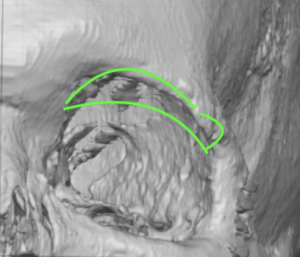The most common perception of eye hollows relates to that of the lower eyelid. This is where the area underneath the lid margin is sunken in with a concave appearance which could be due to congenital development, aging, significant weight loss, illness or even prior surgery from prior lower blepharoplasty surgery.
While less commonly occurring and even less requested for correction is upper eyelid hollowing. This is when the upper eyelid area between the brow bone and the upper lid crease has a significant inward V shape. This can make the the upper eye area look hollow or appear overly prominent. The brow bone can also look skeletonized and protrusive.
Correction of upper eyelid hollowing can be requested for improvement in an aged look in an older patient, augmentation to make the eye look less protrusive at any age or to help create the Hunter eye look in young males with or without brow bone augmentation. Traditional treatment options include various forms of fat grafting from injections to the open placement of dermal-fat grafts.


The infrabrow bone implant is placed through either a lateral canthal extension or a lateral upper eyelid incision. Through this incision subpeiosteal dissection is done in a finger-guided fashion hugging the bone’s surface. The implant is passed into the pocket which holds it in placed due to its curved shape. Bone fixation is not usually needed.
The infra brow bone implant sits under the periosteum of the brow bone under the deep galea of the orbicularis muscle anteriorly and the preaponeurotic fat layer which sits on top of the levatorm muscle. As long as the implant stays at the anterior edge of the brow bone it will not violate the orbital septum or cause any eye muscle issues.
Dr. Barry Eppley
World-Renowned Plastic Surgeon




